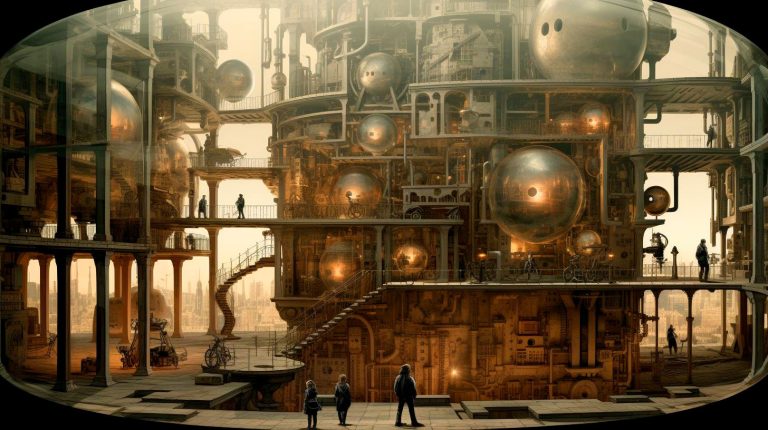Architectural photography is a specialized genre that focuses on capturing the essence of buildings, their structure, and design. It embraces simple lines, clean compositions, and an appreciation for minimalism. By incorporating Zen philosophy, photographers infuse their work with a meditative, tranquil quality that adds depth and meaning.
Key Characteristics of Minimalist Architectural Photography
- Simplicity: Minimalist architectural photography eliminates unnecessary distractions, focusing solely on the essential elements of the structure. By removing visual clutter, these images convey a sense of calmness.
- Clean lines and geometry: Architectural photography enthusiasts often capture the precision and symmetry of buildings, utilizing straight lines, squares, and rectangles to manifest a harmonious aesthetic.
- Negative space: By incorporating negative space, photographers create breathing room within their composition. This technique fosters a sense of balance and allows the subject to stand out.
- Muted colors: Minimalist architectural photography typically incorporates a limited color palette, favoring neutral tones such as grays, whites, and blacks. This subdued color scheme heightens the focus on form and structure.
- Attention to detail: Minimalist photographers pay close attention to the intricate details of a building, capturing textures, shadows, and subtle nuances that others might overlook.
The Marriage of Zen Philosophy and Architectural Photography
Zen philosophy emphasizes living in the present moment, finding beauty in simplicity, and embracing a mindful approach to life. When integrated with architectural photography, this philosophy encourages photographers to immerse themselves in the process, appreciate the present, and focus on capturing the essence of a structure.
The connection between Zen philosophy and architectural photography goes beyond aesthetics. Both emphasize the importance of the journey rather than solely focusing on the end result. By adopting this mindset, photographers approach their work with a sense of mindfulness, patience, and intention. They pay attention to the interplay between light and shadows, the harmony between architectural elements, and the emotions evoked by a particular structure.
The Key Takeaways: Lessons for Life
Exploring the intersection of minimalism, architectural photography, and Zen philosophy offers valuable insights and lessons applicable in various aspects of life:
- Embrace simplicity: Simplifying our surroundings can bring clarity and tranquility into our lives. Minimalist architectural photography teaches us that beauty lies in the simplicity of clean lines and minimal distractions.
- Focus on the present: Mindfully observing the details of a building in architectural photography mirrors the importance of being present in our daily lives. It reminds us to savor each moment and find beauty in the mundane.
- Appreciate the journey: Just as architectural photographers pay attention to the journey of capturing a structure, we should embrace the process rather than obsessing over the end goal. Every step counts and holds its own beauty.
- Find balance and harmony: Minimalist architectural photography teaches us to seek balance and harmony not only in our physical surroundings but also in our relationships, work-life balance, and overall well-being.
Conclusion: A Blend of Art, Philosophy, and Mindfulness
Minimalist architectural photography, influenced by Zen philosophy, offers a unique perspective on capturing the beauty of architecture. By simplifying compositions, embracing clean lines, and focusing on the present, photographers create powerful images that resonate with viewers on a deeper level.
As we delve into the world of minimalist architectural photography, we can apply the lessons learned to our own lives. Embracing simplicity, maintaining mindfulness, and appreciating the journey can lead us to a more balanced and harmonious existence.
So, next time you encounter an architectural masterpiece, take a moment to appreciate its essence, observe the details, and find inspiration in the simplicity that surrounds you.


















+ There are no comments
Add yours